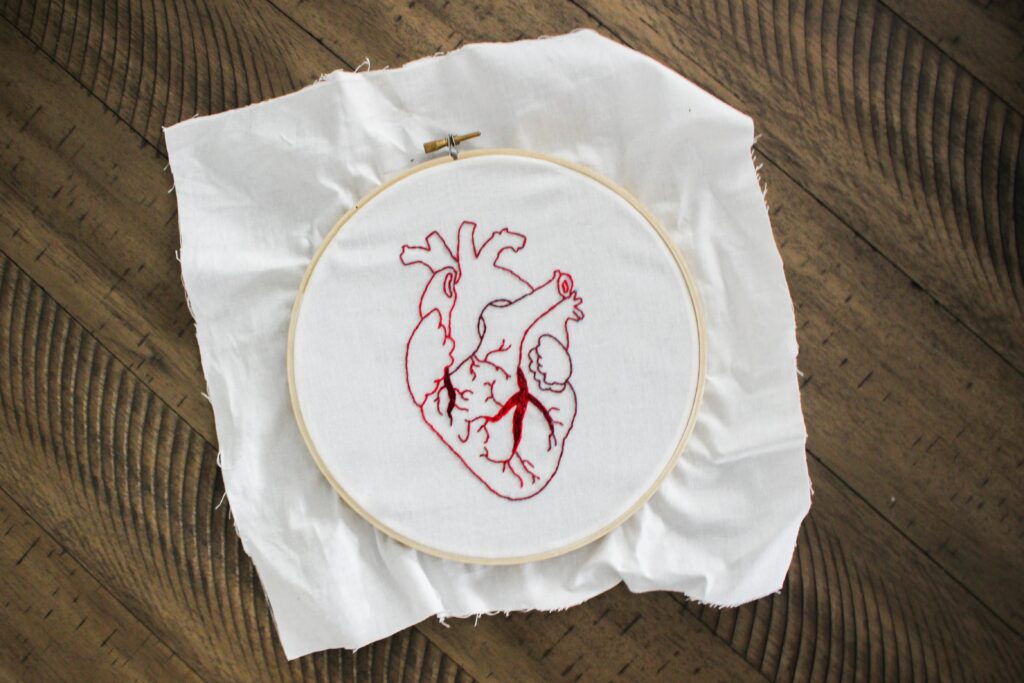
Prompt: “Share a story about your best learning experience (could be a formal course or something more personal). Why did you enjoy it?”
The best learning experience I have had was IB Biology in high school. This was a 2-year HL course, and while I enjoyed the first year of it, the strategies my teacher used to help us grasp the content in the second year were incomparable.
This was a high school course, so it consisted of an hour a day of class time for the duration of the school year. While my high school supported IB Diploma students, many of those enrolled in IB courses were only completing the certificate (taking one or a few IB courses and potentially earning university credit). This meant that the class was a mix of students who had experienced IB courses in the past – and had sat an IB exam – and those for whom this was their first experience in an IB course. These courses had a set international curriculum and were therefore different from other high school courses. The exam questions were structured in a very specific way, wherein the wording or structure of the questions would seem scary and unfamiliar to someone who was encountering IB exam questions for the first time. This teacher was incredible at preparing us for this exam, so we performed at our highest capacity. For her, teaching was exactly what she wanted to be doing and it showed in our learning. Her goal each year was to “beat the world” by achieving a class average on the IB exam that exceed the global average – and we did!
Over the course of the year, each topic was delivered to us in a printed set of papers that contained blanks we must fill in. Sometimes this was a word or phrase that was missing, and other times we were given a blank table. The information that needed to go into these spaces was always given to us clearly, but rather than structuring our notes and possibly rushing through or skipping them entirely these worksheets made the task less daunting. This is an example of how cognitive learning strategies were incorporated into this course. I find cognitive strategies to often be the best way I learn and found that they encouraged me to try as I felt like the task was not too big for me to achieve.
Another task that we were regularly presented with was an “IB question of the day”. Each day when we walked into class, the first five to ten minutes were spent on a past IB test question (on material we had already covered). We would see the different types of questions and learn how to answer them to please the grading rubric. Questions may be encountered more than once throughout the year, creating repetition. One question that we repeated time after time (many times) was drawing and labelling an anatomical diagram of the human heart. This question ended up being on our IB test! Our class ended up between the global average for this section by a wide margin due to the repetition we engaged in. This question & response task we participated in daily is a good example of how my teacher used behavioural learning strategies.
An additional regular task we completed was unit “one-pagers”. For this task, we were to fill no more or less than an 8.5 x 11 sheet of printer paper with the content of that unit while using as few words as possible. This encouraged us to think out of the box and structure this blank sheet in a way that contextually strung together the concepts in the unit for each student. This is a great example of a constructive learning strategy, and I found that (with the guidance of the unit learning outcomes) this was a good learning strategy for me as well.
Recent Comments